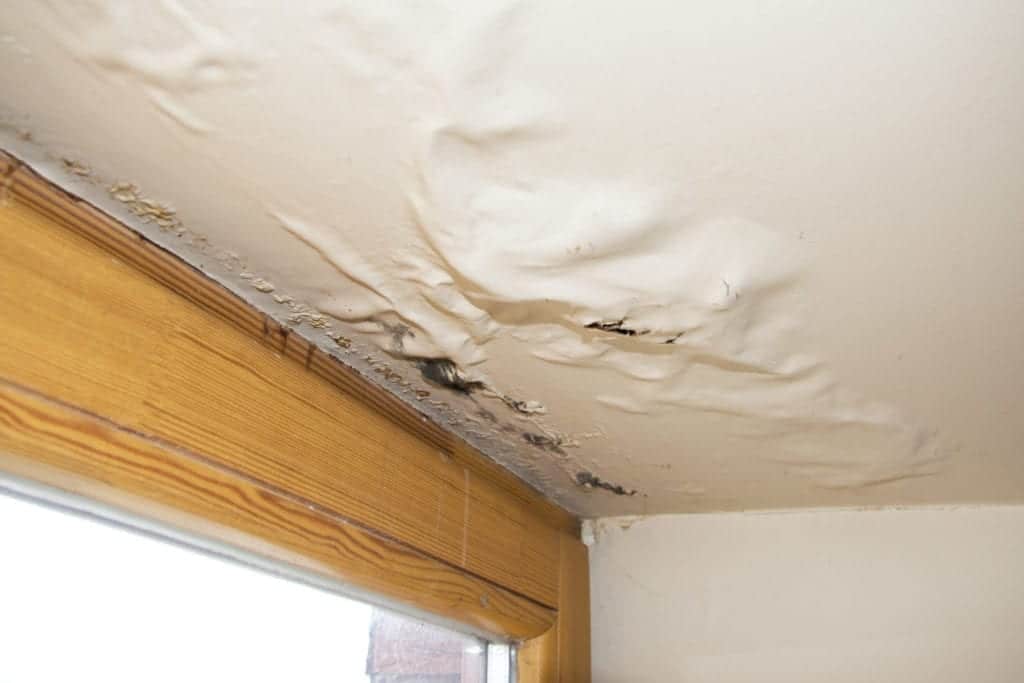Find Hidden Water Line Leaks: 6 Ingenious Detection Tricks
Find Hidden Water Line Leaks: 6 Ingenious Detection Tricks
Blog Article
What're your insights and beliefs about Finding hidden leaks?

Early detection of dripping water lines can minimize a possible disaster. Some small water leakages might not be noticeable.
1. Analyze the Water Meter
Every home has a water meter. Examining it is a proven way that assists you discover leakages. For starters, turn off all the water sources. Ensure no person will certainly flush, make use of the faucet, shower, run the washing equipment or dishwasher. From there, most likely to the meter and watch if it will alter. Given that no one is using it, there should be no movements. That indicates a fast-moving leak if it moves. Also, if you find no changes, wait a hr or more and also examine back once more. This indicates you might have a sluggish leak that might even be below ground.
2. Examine Water Intake
Examine your water expenses and track your water consumption. As the one paying it, you should see if there are any kind of inconsistencies. If you identify sudden changes, in spite of your consumption coinciding, it indicates that you have leaks in your plumbing system. Remember, your water costs need to fall under the same range on a monthly basis. An abrupt spike in your bill indicates a fast-moving leakage.
At the same time, a stable increase on a monthly basis, despite the same habits, shows you have a slow-moving leak that's also gradually escalating. Call a plumber to extensively check your property, specifically if you really feel a warm location on your floor with piping below.
3. Do a Food Coloring Test
When it comes to water intake, 30% comes from toilets. If the color in some way infiltrates your bowl throughout that time without flushing, there's a leakage between the storage tank and also dish.
4. Asses Exterior Lines
Don't neglect to check your outside water lines also. Test spigots by connecting a yard hose. Ought to water leak out of the link, you have a loose rubber gasket. Replace this as well as make certain all connections are tight. It will certainly aid obtain it professionally examined as well as kept each year if you have actually obtained a lawn sprinkler system. One tiny leak can lose lots of water and also increase your water costs.
5. Examine and Evaluate the Situation
Homeowners ought to make it a practice to inspect under the sink counters as well as even inside cupboards for any bad odor or mold growth. These two red flags indicate a leakage so punctual focus is called for. Doing regular assessments, also bi-annually, can save you from a major problem.
Inspect for discolorations as well as weakening as a lot of pipes and also home appliances have a life span. If you believe leaking water lines in your plumbing system, do not wait for it to escalate.
Early discovery of leaking water lines can minimize a prospective calamity. Some tiny water leakages might not be visible. Examining it is a surefire means that helps you find leakages. One tiny leakage can squander heaps of water and surge your water costs.
If you presume dripping water lines in your plumbing system, don't wait for it to intensify.
WARNING SIGNS OF WATER LEAKAGE BEHIND THE WALL
PERSISTENT MUSTY ODORS
As water slowly drips from a leaky pipe inside the wall, flooring and sheetrock stay damp and develop an odor similar to wet cardboard. It generates a musty smell that can help you find hidden leaks.
MOLD IN UNUSUAL AREAS
Mold usually grows in wet areas like kitchens, baths and laundry rooms. If you spot the stuff on walls or baseboards in other rooms of the house, it’s a good indicator of undetected water leaks.
STAINS THAT GROW
When mold thrives around a leaky pipe, it sometimes takes hold on the inside surface of the affected wall. A growing stain on otherwise clean sheetrock is often your sign of a hidden plumbing problem.
PEELING OR BUBBLING WALLPAPER / PAINT
This clue is easy to miss in rooms that don’t get much use. When you see wallpaper separating along seams or paint bubbling or flaking off the wall, blame sheetrock that stays wet because of an undetected leak.
BUCKLED CEILINGS AND STAINED FLOORS
If ceilings or floors in bathrooms, kitchens or laundry areas develop structural problems, don’t rule out constant damp inside the walls. Wet sheetrock can affect adjacent framing, flooring and ceilings.
https://www.servicemasterbyzaba.com/blog/how-to-detect-water-leakage-in-walls/

I ran across that post about Hacks to detect leaks when doing a lookup on the internet. Are you aware of somebody who is very much interested in the niche? Why not promote it. Thank you for your time. Please stop by our website back soon.
Best in business. Report this page